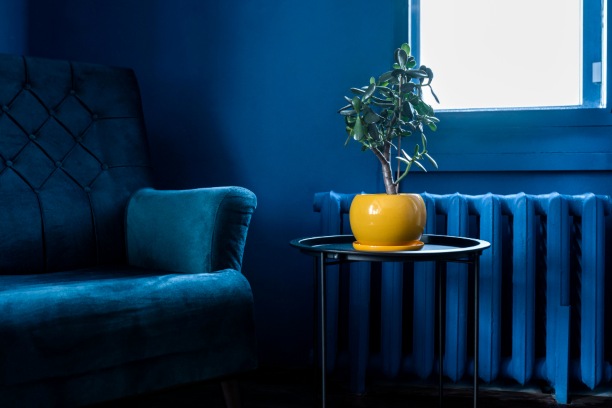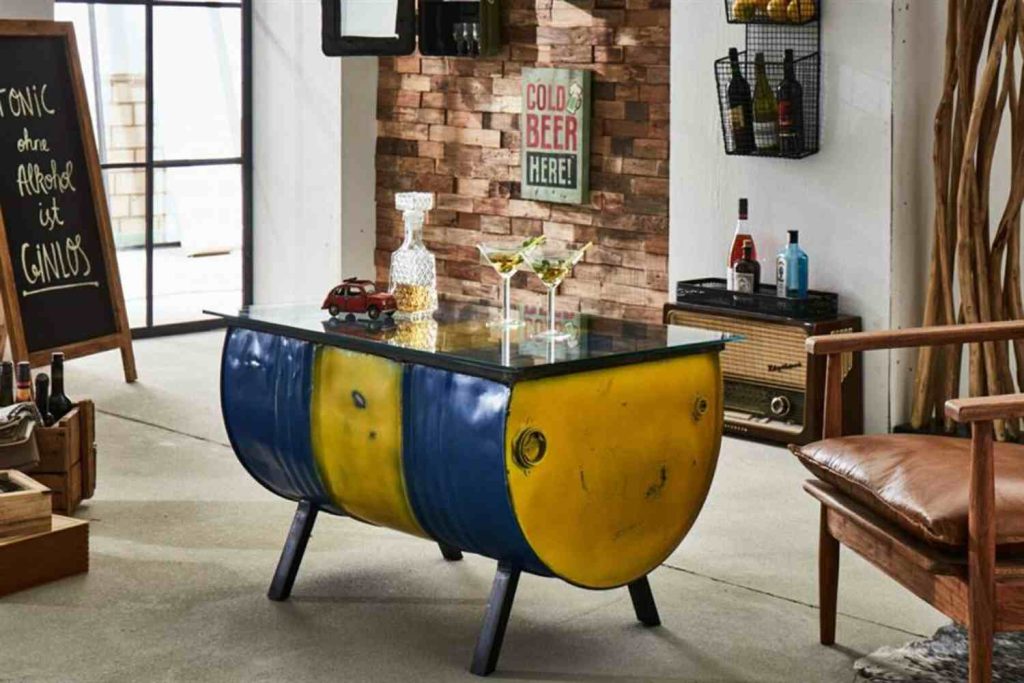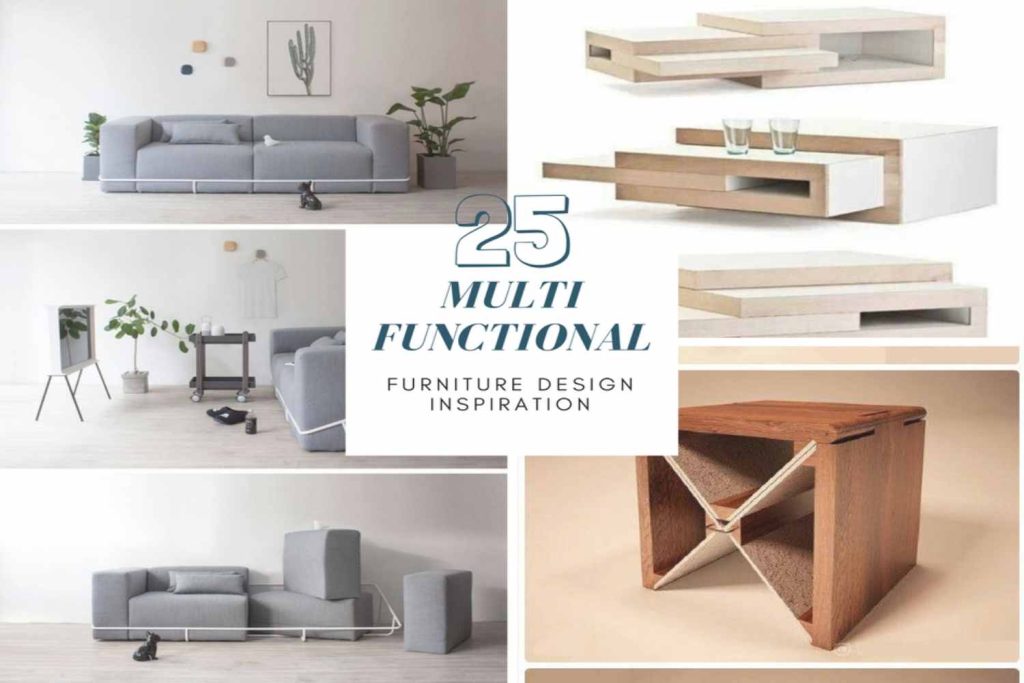
How to Incorporate Sustainable Furniture Trends into Your Home Decor
Are you looking to revamp your home decor and make it more sustainable? If so, you’re not alone! With the growing concern for the environment, many homeowners are now opting for eco-friendly furniture options when decorating their homes.
Sustainable furniture trends not only helps to reduce our carbon footprint, but it’s also stylish and trendy. So, if you’re interested in incorporating sustainable furniture into your home decor, you’ve come to the right place.
In this article, we’ll explore some simple and practical ways to add sustainable furniture to your home, without sacrificing style or comfort. From using reclaimed wood to shopping from ethical brands, we’ve got all the tips and tricks to help you create an eco-friendly and chic living space. Let’s get started!
Material Selection
Choosing sustainable materials is the foundation of eco-friendly furniture design. Opt for materials that are renewable, recyclable, or reclaimed. Some popular choices include:
- Bamboo: A fast-growing, renewable resource with a high strength-to-weight ratio, making it an ideal material for furniture production.
- FSC-Certified Wood: Look for sustainable furniture made from wood certified by the Forest Stewardship Council (FSC), ensuring responsible forest management and reducing deforestation.
- Recycled Materials: Seek furniture crafted from recycled or upcycled materials, such as reclaimed wood or repurposed metals.
- Natural Fibers: Explore furniture options using natural fibers like organic cotton, hemp, or jute, which are biodegradable and have a lower environmental impact than synthetic materials.
Upcycled and Repurposed Furniture

One of the most prominent trends in sustainable furniture is using upcycled and repurposed materials. Designers and manufacturers increasingly incorporate reclaimed wood, salvaged metal, and repurposed textiles to create unique, eco-friendly pieces. Upcycled furniture reduces waste and adds a touch of character and history to interior spaces.
Consider incorporating upcycled or repurposed furniture into interior spaces. Upcycling not only reduces waste but also adds a unique and personalized touch to your design. Refurbishing old furniture or giving it a new purpose can be a creative and environmentally friendly way to create sustainable interiors
Furniture Sustainable Materials
In today’s era of heightened environmental awareness, numerous individuals are actively seeking ways to contribute to the well-being of our planet. This involves making significant changes in our shopping and consumption habits across various sectors, such as food, fashion, and travel. Consequently, the significance of creating sustainable furniture trends that is both durable and sustainable has never been more crucial.
Renowned British Interior Designer, Matthew Williamson, predicts that as we progress into 2023, a growing number of interior designers and homeowners will continue to prioritize making conscientious choices for their living spaces. This ongoing trend encompasses making environmentally friendly decisions within their homes, ranging from opting for green energy solutions to selecting eco-friendly paints, furniture, and accessories.
The emphasis on sustainability will prompt many consumers to move away from the disposable nature of fast-furniture trends and instead invest in designs that possess enduring qualities. This shift entails utilizing materials like wood and opting for furniture crafted from recyclable resources, ensuring their longevity and reducing environmental impact.
Natural and Organic Materials

The utilization of natural and organic elements in furniture design has witnessed a remarkable surge in popularity in recent times. A growing emphasis is placed on incorporating sustainable woods, such as bamboo and reclaimed timber, to craft furniture that boasts both elegance and longevity.
Moreover, there has been a notable rise in the use of upholstery fabrics derived from organic fibers like linen, hemp, or organic cotton. This trend not only enhances the aesthetics but also minimizes the environmental footprint by reducing reliance on synthetic materials.
Minimalist and Multifunctional Designs
Sustainable furniture trends often align with minimalist design principles, focusing on clean lines and functionality. Multifunctional pieces, such as convertible sofas or modular shelving units, are gaining popularity as they offer flexibility and optimize space utilization. By investing in multifunctional furniture, homeowners can reduce their carbon footprint by owning fewer pieces that serve multiple purposes.
Eco-Friendly Furniture Finishes and Coatings
Traditional furniture finishes and coatings often contain harmful chemicals that contribute to indoor air pollution. In response, sustainable furniture trends emphasize the use of eco-friendly finishes.
Natural oils, waxes, and water-based paints are replacing traditional varnishes and polyurethane coatings. These alternatives not only reduce environmental harm but also create a healthier living environment.
Avoid furniture finishes containing toxic chemicals, such as formaldehyde, volatile organic compounds (VOCs), or heavy metals. Opt for low or zero VOC finishes, water-based paints, and natural dyes to minimize indoor air pollution and promote a healthier living environment.
Durable Design
Design furniture that is durable and long-lasting. High-quality, well-constructed pieces reduce the need for frequent replacements, saving resources and reducing waste. Consider timeless designs that can adapt to changing trends, ensuring furniture remains relevant for years to come.
Multi-functional and Modular Designs
Embrace furniture designs that serve multiple purposes and adapt to changing needs. Modular furniture allows for easy reconfiguration and reduces the need for additional pieces. This approach promotes resourcefulness, optimizes space, and extends the lifespan of furniture.
Sustainability Furniture -Upholstery and Cushions
When selecting upholstery for sofas, chairs, or cushions, choose fabrics made from natural fibers or recycled materials. Organic cotton, hemp, linen, or recycled polyester are excellent choices that minimize the environmental impact associated with traditional synthetic fabrics. Additionally, consider furniture designs with removable and washable covers to extend their lifespan.
Energy-Efficient Lighting Integration

Consider incorporating energy-efficient lighting solutions into furniture design. Integrate LED lighting strips or modules into shelving, display cabinets, or side tables. LED lights consume less energy, have a longer lifespan, and reduce electricity bills while providing a warm, inviting ambiance.
Designing sustainable furniture for interior spaces involves conscious material choices, responsible manufacturing, and a focus on durability and functionality. By adopting eco-friendly practices, you can reduce the environmental impact of your designs while creating beautiful, timeless spaces that promote well-being and sustainable living. Incorporating sustainable furniture is a significant step towards a greener future and a more conscious approach to interior design.






